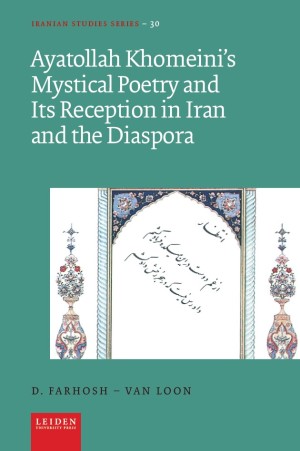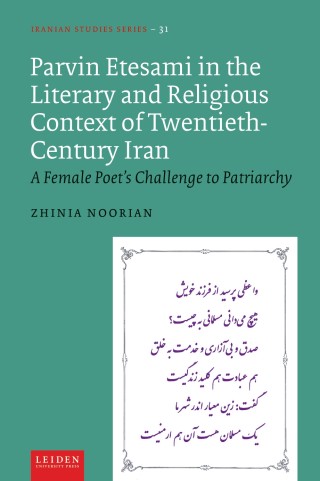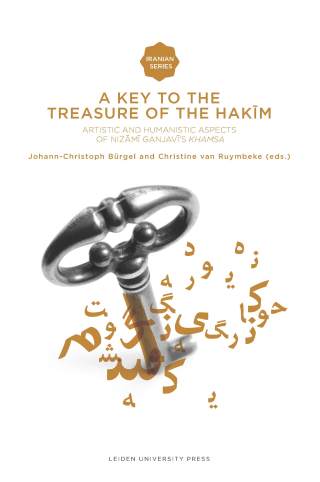"Ayatollah Khomeini’s strikingly “unorthodox” poems, published shortly after his death in 1989, provoked very diverse reactions, and discussions about how to interpret them continue to this day, both among the academic community and among his staunch supporters and ardent opponents. Ayatollah Khomeini’s Mystical Poetry and its Reception in Iran and the Diaspora formulates the main research question exactly as «how to interpret Ayatollah Khomeini’s mystical poetry» and “how his aspirations to worldly power and to mystical sublimation are reflected in his poetry” and makes a significant contribution to solving these intriguing problems. . Natalia Chalisova, Russian State University of Moscow This monograph is novel, well-written, and exceptionally well organized. This work will prove to be seminal in years to come in Western publications as it is the most comprehensive work on Ayatollah Khomeini’s poetry and poetics. The hermeneutic approach is quite apt in that it considers social, anthropological, and political dimensions of Ayatollah Khomeini’s poetics. . Alireza Korangy, American University of Beirut "





